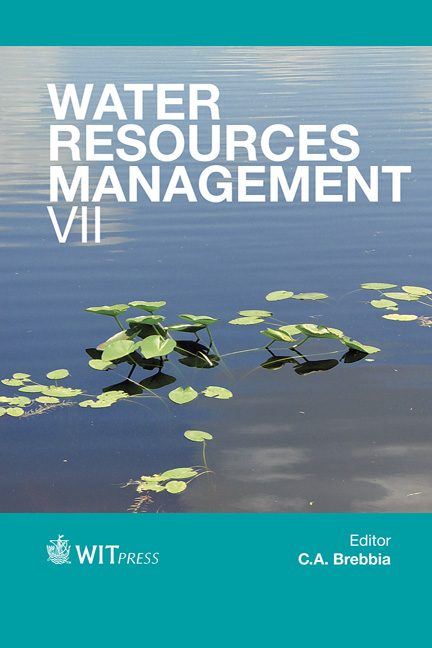An Adaptive Approach To Water Rights Reform In South Australia
Price
Free (open access)
Transaction
Volume
171
Pages
11
Page Range
61 - 71
Published
2013
Size
426 kb
Paper DOI
10.2495/WRM130061
Copyright
WIT Press
Author(s)
D. J. McKane & I. Franssen
Abstract
Water rights reform in Australia reached a milestone in 1994 with the Council of Australian Governments Water Reform Framework recognising that water property rights should be separated from land. The Agreement on a National Water Initiative (NWI) in 2004 progressed this reform further, separating the water right into an ongoing share of available water, an annual allocation volume and separate site specific approvals for taking and use, referred to as unbundling of water rights. The NWI envisaged unbundling water rights would assist water markets and assist flexible and efficient water resource management decisions. South Australia commenced water reforms early, with water rights separated from land in 1983. In response to the NWI, South Australia passed legislation in 2007 to unbundle water rights. These reforms were implemented for the River Murray in 2009. The expansion of unbundling into other water resources will occur as part of the statutory review of the water allocation plans, which set the rules for allocating, trading, taking and using water. Whilst the unbundling of water rights has benefited River Murray water trade and assists adaptive management, the physical differences of the various water resources suggest different approaches to unbundling may be required. This paper discusses the South Australian policy on the implementation of unbundling of water rights, which provides an adaptive approach to water rights reform. Keywords: unbundled water rights, South Australia, policy, River Murray.
Keywords
Keywords: unbundled water rights, South Australia, policy, River Murray.





